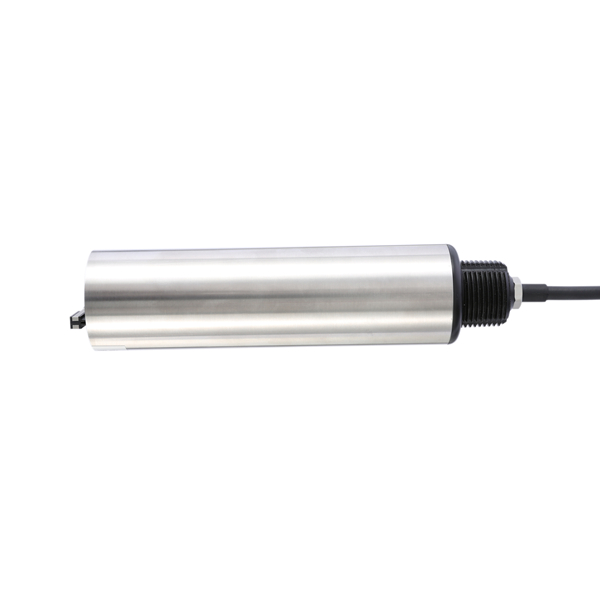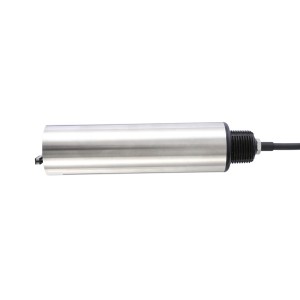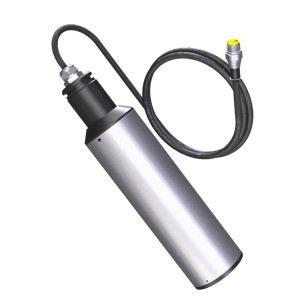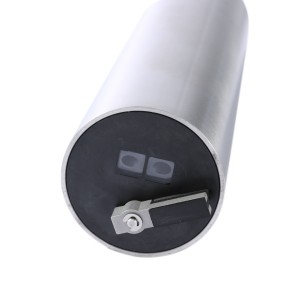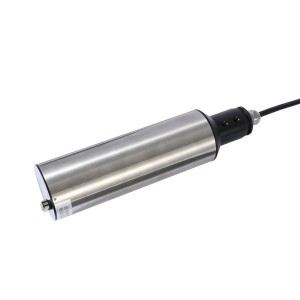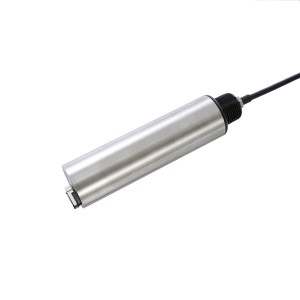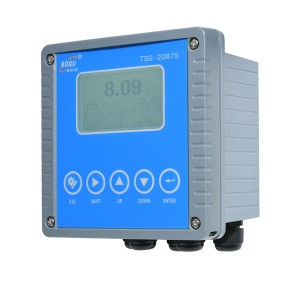Measurement principle
ZDYG-2087-01QX TSS sensor light scattering method based on combination of infrared absorption, infrared light emitted by the light source after the scattering of turbidity in the sample. Finally, by the photodetector conversion value of electrical signals, and obtaining the turbidity of the sample after the analog and digital signal processing.
| Measure range | 0-20000mg/L, 0-50000mg/L, 0-120g/L |
| Accuracy | Less than the measured value of ±1%, or ±0.1mg/L, choose the big one one |
| Pressure range | ≤0.4Mpa |
| Current speed | ≤2.5m/s, 8.2ft/s |
| Calibration | Sample calibration, slope calibration |
| Sensor main material | Body: SUS316L + PVC(normal type), SUS316L Titanium + PVC(sea water type); O type circle: Fluorine rubber; cable: PVC |
| Power supply | 12V |
| Alarm relay | Set up 3 channels of alarm relay, Procedures for setting response parameters and response values. |
| Communication interface | MODBUS RS485 |
| Temperature storage | -15 to 65℃ |
| Working temperature | 0 to 45℃ |
| Size | 60mm* 256mm |
| Weight | 1.65kg |
| Protection grade | IP68/NEMA6P |
| Cable length | Standard 10m cable, can extended to 100m |
1. The hole of tap-water plant hole, sedimentation basin etc. Steps on-line monitoring and other aspects of the turbidity;
2. The sewage treatment plant, on-line monitoring of turbidity of different kinds of industrial production process of water and waste water treatment process.
Total suspended solids, as a measurement of mass are reported in milligrams of solids per liter of water (mg/L) 18. Suspended sediment is also measured in mg/L 36. The most accurate method of determining TSS is by filtering and weighing a water sample 44. This is often time consuming and difficult to measure accurately due to the precision required and the potential for error due to the fiber filter 44.
Solids in water are either in true solution or suspended. Suspended solids remain in suspension because they are so small and light. Turbulence resulting from wind and wave action in impounded water, or the movement of flowing water helps maintain particles in suspension. When turbulence decreases, coarse solids quickly settle from water. Very small particles, however, may have colloidal properties, and can remain in suspension for long periods even in completely still water.
The distinction between suspended and dissolved solids is somewhat arbitrary. For practical purposes, filtration of water through a glass fiber filter with openings of 2 μ is the conventional way of separating dissolved and suspended solids. Dissolved solids pass through the filter, while suspended solids remain on the filter.

